
漢德百科全書 | 汉德百科全书
 Poland
Poland

Die Osteuropäische Ebene umfasst als sehr weit ausgedehnte Großlandschaft, welche die größte einheitlich gegliederte Landschaftsform Europas darstellt, die Gebiete westlich des Urals in Osteuropa. Früher wurde sie oft auch als Osteuropäisches Flachland oder Osteuropäisches Tiefland bezeichnet.
Sie ist eine der russischen Großlandschaften, gliedert sich aber nach Höhenlage und Geologie in verschiedenste Formationen. Die Tiefländer und Niederungen, die von zahlreichen großen Flüssen durchströmt werden, weisen Höhen zwischen wenigen Metern und etwa 150 m über dem Meeresspiegel auf, während die sie unterbrechenden Höhenzüge und Hügelländer Meereshöhen zwischen 300 und 472 Meter erreichen. Die höchste Erhebung ist der Berg Kamula im Podolischen Hochland.
Geologisch ist vor allem zwischen den großen Tafeln mit „jungen“ (phanerozoischen), flachgeschichteten Sedimentgesteinen und den „alten“ (präkambrischen) Schilden des europäischen Urkontinents mit intensiv verfalteten metamorphen Gesteinen und Granitoiden zu unterscheiden. Unter den Tafelländern ist die Russische Tafel die bei weitem größte. Sie erstreckt sich in etwa über die Hälfte des Osteuropäischen Tieflandes. Ihre Begrenzungen im Süd- und Nordwesten sind der Ukrainische Schild und der Baltische Schild, die als präkambrische Rumpfgebirge eine Art stabilen Rahmen bilden. Im Osten wird das riesige Tafelland vom Ural, einem variszisch gefalteten und im Tertiär erneut angehobenen Gebirge begrenzt.
Die Gesteine des Baltischen und Ukrainischen Schildes setzen sich über hunderte Kilometer im Untergrund der Russischen Tafel fort und bilden ihr Grundgebirge. Die Ebenen und Tafelländer südwestlich des Ukrainischen Schildes bleiben in ihrer Ausdehnung deutlich hinter der Russischen Tafel zurück. Der Übergang zum Nordteil der Kaspischen Senke im Südosten des Osteuropäischen Tieflandes ist durch die sehr markante Höhenstufe der Wolgahöhen gekennzeichnet.
东欧平原位于欧洲东部,范围北起北冰洋,南至黑海、里海之滨;东起乌拉尔山,西至波罗的海,面积近400万平方公里,平均海拔170米。东欧平原大部分在俄罗斯境内,因此又称为俄罗斯平原、欧俄平原。它是欧亚草原,尤其是钦察荒原的延伸。俄罗斯乌拉尔山以西部分、爱沙尼亚、拉脱维亚、立陶宛、白俄罗斯、乌克兰等国都在这片波状平原上。
东欧平原有海拔300-400米的瓦尔代丘陵、中俄罗斯高地、伏尔加河沿岸丘陵等,并有低于洋面的里海低地。自北向南有苔原、森林、森林草原和草原带。里海北岸为半荒漠和沙漠。平原南部地形较平坦。以流水侵蚀作用为主,冲沟、平谷地貌比较发育。平原上有伏尔加河、顿河和第聂伯河等著名大河。
由于地形波浪起伏,面积广大,各地的气候并不相同,动植物分布的差异也很大。从北向南,依次是严寒的苔原带、比较寒冷的森林带、气候适中的森林草原带、最南边的草原带。其中森林带占了平原面积一半以上。
东欧平原上煤、铁、石油、锰等资源丰富,如世界著名的顿巴次煤田、库尔斯克和克里沃罗格铁矿区、尼科波尔锰矿区、第二巴库油田。人口稠密,工农业和水陆交通发达,以莫斯科为中心,分布许多重要工矿区,为俄罗斯心脏地带。


Frombork [ˈfrɔmbɔrk], deutsch Frauenburg, ist eine Stadt im Powiat Braniewski der polnischen Woiwodschaft Ermland-Masuren. Sie hat etwa 2330 Einwohner und ist Sitz der gleichnamigen Stadt-und-Land-Gemeinde mit 3515 Einwohnern (Stand 31. Dezember 2020).
Die Ersterwähnung des Ortes stammt aus dem 13. Jahrhundert. Die Stadt ist aufgrund des architektonisch interessanten Domes sowie des Wirkens des Astronomen Nikolaus Kopernikus, dessen Grabmal sich im Dom befindet, international bekannt.
弗龙堡, (英语:Frombork,德语: Frauenburg ),旧译“弗劳恩堡”。波兰北部维斯图拉潟湖南岸港口。面向波罗的海,西距是波美拉尼亚省省会格但斯克70公里。靠近波俄边境,2006年共有人口2529,面积7.59平方公里。属瓦尔米亚-马祖里省。是渔业中心和旅游圣地。[1]由于其境内众多的历史遗迹,弗龙堡被称为瓦尔米亚-马祖里省的宝石。其中最为著名的是弗龙堡教堂,建于1329年至1388年。小镇上还有数座建于13世纪的教堂,如圣尼古拉斯教堂,圣乔治教堂和圣安妮教堂。小镇不大,但四周古木森森。每年夏天会在这里举行一年一度的国际管风琴音乐节。

 Nobel prize
Nobel prize
 Nobel Prize in Physics
Nobel Prize in Physics
 Nobel prize
Nobel prize
 Nobel Prize in Chemistry
Nobel Prize in Chemistry
 Nobel prize
Nobel prize
 Nobel Prize in Physiology or Medicine
Nobel Prize in Physiology or Medicine
 Nobel prize
Nobel prize
 Nobel Prize in Literature
Nobel Prize in Literature
 Nobel prize
Nobel prize
 University/Institute
University/Institute

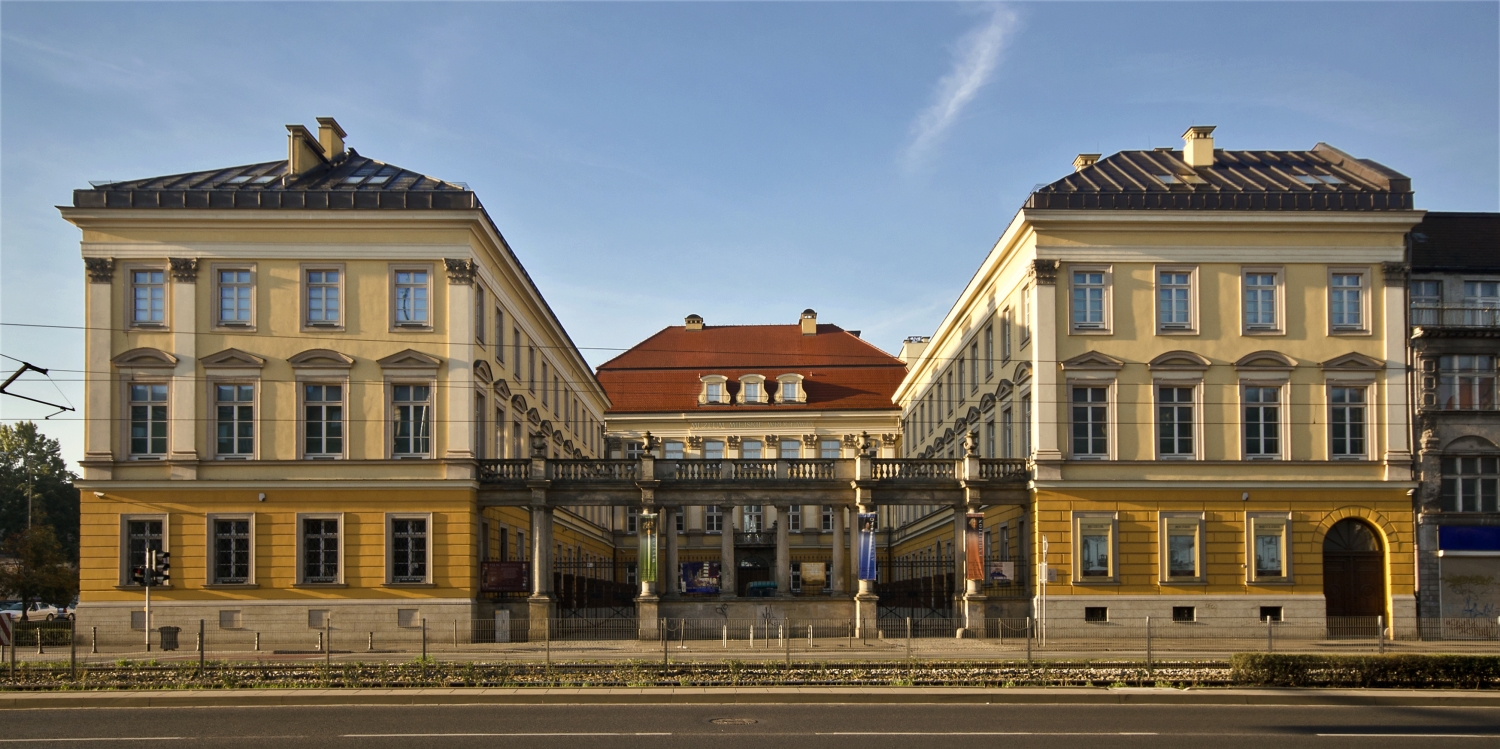
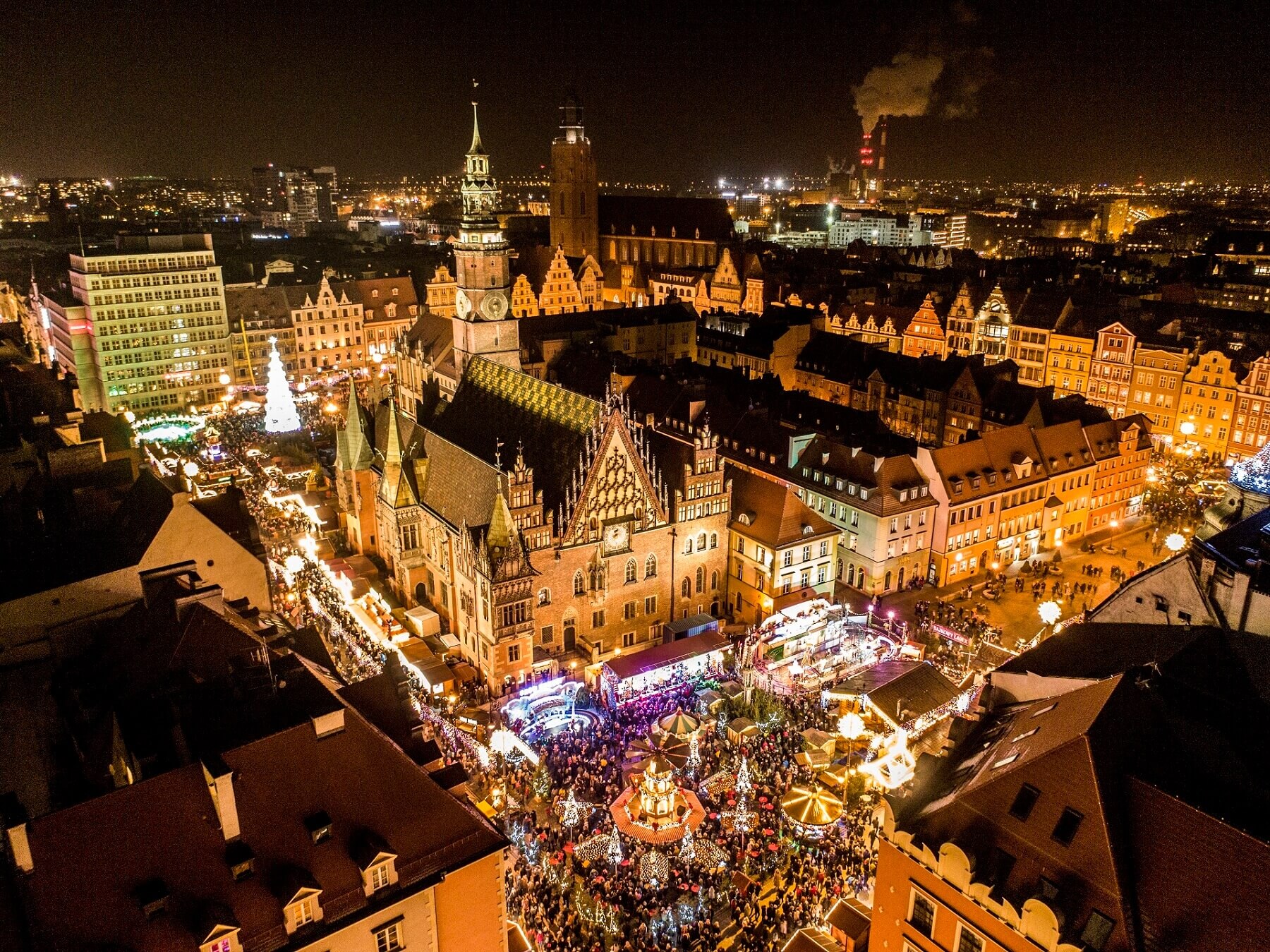

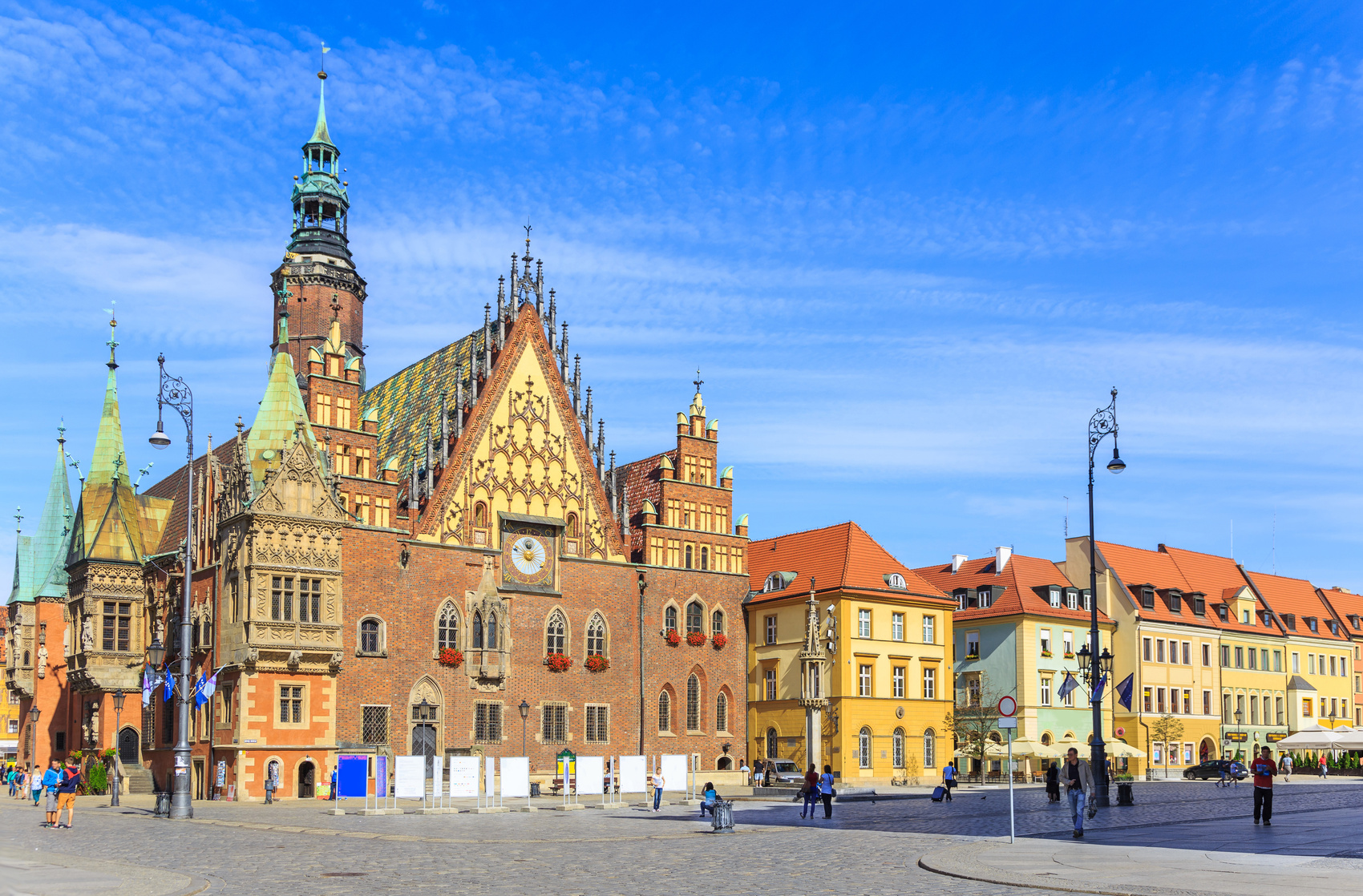

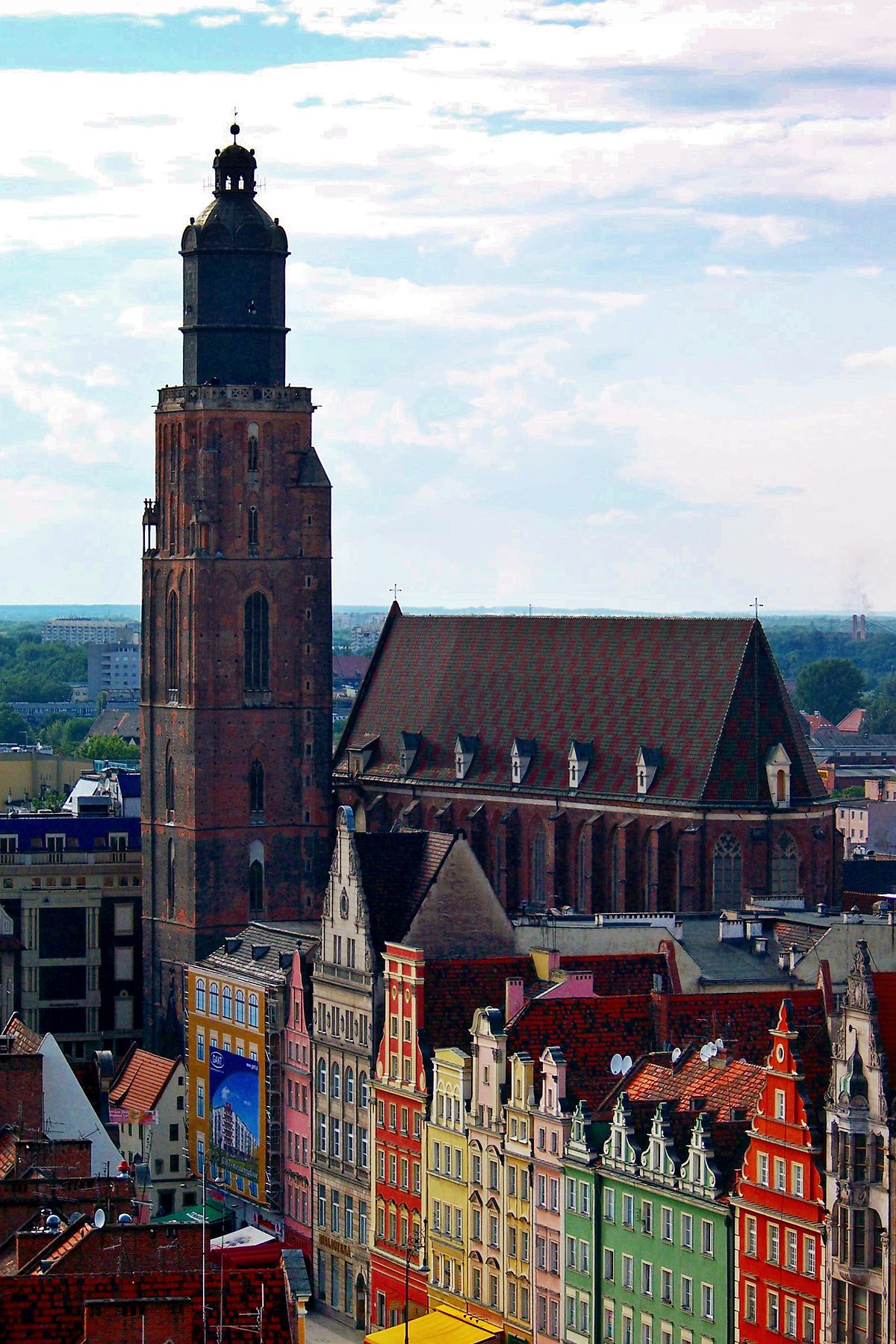

Breslau (polnisch  Wrocław?/i [ˈvrɔtswaf], schlesisch Brassel,[3] lateinisch Vratislavia oder Wratislavia), im Südwesten von Polen gelegen, ist mit fast 640.000 Einwohnern nach Warschau, Krakau und Łódź die viertgrößte Stadt des Landes, Verwaltungssitz des gleichnamigen Powiat sowie Hauptstadt der Woiwodschaft Niederschlesien.
Wrocław?/i [ˈvrɔtswaf], schlesisch Brassel,[3] lateinisch Vratislavia oder Wratislavia), im Südwesten von Polen gelegen, ist mit fast 640.000 Einwohnern nach Warschau, Krakau und Łódź die viertgrößte Stadt des Landes, Verwaltungssitz des gleichnamigen Powiat sowie Hauptstadt der Woiwodschaft Niederschlesien.
Als Hauptstadt der historischen Region Schlesien ist die kreisfreie Großstadt an der Oder (Odra) Sitz eines römisch-katholischen Erzbischofs und eines evangelischen Diözesanbischofs. Mit zahlreichen Unternehmen, Hochschulen, Forschungsinstituten, Theatern und Museen bildet Breslau das wirtschaftliche, kulturelle und wissenschaftliche Zentrum Niederschlesiens.
Im Jahr 1945 wurde Breslau gemäß dem Potsdamer Abkommen unter polnische Verwaltung gestellt. In seiner wechselvollen Geschichte hatte Breslau nach dem Tod des letzten Piastenherzogs Heinrich VI. zu Böhmen (und zeitweise Ungarn) sowie zu Österreich und Preußen gehört. Mit ihren zahlreichen historischen Bauten, Parkanlagen und Plätzen ist die Stadt heute Anziehungspunkt für Besucher aus aller Welt. Breslau war 2012 einer der Austragungsorte der Fußball-Europameisterschaft und 2016 Kulturhauptstadt Europas sowie Verleihungsort des Europäischen Filmpreises.
弗罗茨瓦夫(波兰语:Wrocław;德语:Breslau,中文譯為布雷斯勞、布列斯勞、洛克勞;捷克语:Vratislav;拉丁语:Wratislavia 或 Vratislavia),是波兰城市,位于波兰西南部的奥得河畔,自1999年起是下西里西亚省的省会。该市人口约为637,075人(2016年),列波兰第四大城(次于华沙、克拉科夫和罗兹),同时也是波兰仅次于华沙的第二大金融中心,在经济、文化、交通等诸多方面都在波兰具有相当重要的地位。
弗罗茨瓦夫在其城市发展史上的大部分时期内,一直是一个以多民族、多元文化为特色的城市,德意志、波兰、捷克、犹太等民族均扮演过重要角色。而德语曾长期是占有优势地位的语言,该市的德语名称布雷斯勞(Breslau)的知名度一直很高,二战以前该市曾是德国重要的工商业与文化名城之一,城市规模居全德国第六位,那時人口已达60多万。在第二次世界大战以后的领土调整和民族大迁徙中,该市是德国在战后失去的最大城市,原有的德国居民被迫西迁,而波兰东部因為割让给苏联,大批波蘭人湧入這座城市導致弗罗茨瓦夫在人口构成上基本上成为一个纯粹的波兰城市,但由于保留下来的以及战后重建的大量普鲁士、奥地利乃至波希米亚风格的建筑,该市在波兰境内仍是一个颇为独特的城市。
ヴロツワフ(ポーランド語:  Wrocław[ヘルプ/ファイル]、ドイツ語: Breslau ブレスラウ、ハンガリー語: Boroszló ボロスロー)は、ポーランド西部にある第4の都市で、ドルヌィ・シロンスク県の県都。歴史的にシロンスク地方の中心都市で[1]、ポーランドの中でも最も古い都市のひとつである。市内にはオドラ川とその支流が流れ、200以上の橋が架かっている。
Wrocław[ヘルプ/ファイル]、ドイツ語: Breslau ブレスラウ、ハンガリー語: Boroszló ボロスロー)は、ポーランド西部にある第4の都市で、ドルヌィ・シロンスク県の県都。歴史的にシロンスク地方の中心都市で[1]、ポーランドの中でも最も古い都市のひとつである。市内にはオドラ川とその支流が流れ、200以上の橋が架かっている。
ヴロツワフは歴史上、様々な国(ポーランド王国、オーストリア帝国、ドイツ、ハンガリー、プロイセン、ボヘミア)の一部となっていたが、1945年(第二次世界大戦後)にポーランド領となった。
ヴロツワフは、UEFA欧州選手権2012 のホストである。2016年の欧州文化首都になることが決まっており[2]、またワールドゲームズ2017の開催地にも決定した。
Wrocław (Polish: [ˈvrɔt͡swaf] ( listen); German: Breslau [ˈbʁɛslaʊ]; Czech: Vratislav; Latin: Vratislavia) is a city in western Poland and the largest city in the historical region of Silesia. It lies on the banks of the River Oder in the Silesian Lowlands of Central Europe, roughly 350 kilometres (220 mi) from the Baltic Sea to the north and 40 kilometres (25 mi) from the Sudeten Mountains to the south. The population of Wrocław in 2017 was 638,364, making it the fourth-largest city in Poland and the main city of Wrocław agglomeration.
listen); German: Breslau [ˈbʁɛslaʊ]; Czech: Vratislav; Latin: Vratislavia) is a city in western Poland and the largest city in the historical region of Silesia. It lies on the banks of the River Oder in the Silesian Lowlands of Central Europe, roughly 350 kilometres (220 mi) from the Baltic Sea to the north and 40 kilometres (25 mi) from the Sudeten Mountains to the south. The population of Wrocław in 2017 was 638,364, making it the fourth-largest city in Poland and the main city of Wrocław agglomeration.
Wrocław is the historical capital of Silesia and Lower Silesia. Today, it is the capital of the Lower Silesian Voivodeship. The history of the city dates back over a thousand years, and its extensive heritage combines almost all religions and cultures of Europe.[2] At various times, it has been part of the Kingdom of Poland, Kingdom of Bohemia, Kingdom of Hungary, Habsburg Monarchy, Kingdom of Prussia, German Empire, Weimar Republic and Nazi Germany. Wrocław became part of Poland again in 1945, as a result of the border changes after the Second World War, which included a nearly complete exchange of population.
Wrocław is a university city with a student population of over 130,000, making it one of the most youthful cities in the country.[3] Since the beginning of the 20th century, the University of Wrocław, previously Breslau University, produced 9 Nobel Prize laureates[4] and is renowned for its high quality of teaching.[5]
Wrocław is classified as a Gamma- global city by GaWC.[6] It was placed among the top 100 cities in the world for the quality of life by the consulting company Mercer.[7]
The city hosted the Eucharistic Congress in 1997 and the Euro 2012 football championships. In 2016, the city was a European Capital of Culture and the World Book Capital. Also in this year, Wrocław hosted the Theatre Olympics, World Bridge Games and the European Film Awards. In 2017, the city was the host of the IFLA Annual Conference and the World Games.
Vratislavie1 ou localement Wrocław (prononcé [ˈvrɔt͡s.waf]Écouter ; en silésien : Brassel ; en allemand : Breslau) est la quatrième ville de Pologne par sa population (633 000 habitants), la cinquième par sa superficie (293 km2), et l'une des plus anciennement fondées (vers le IXe – Xe siècle). Aujourd’hui chef-lieu de la voïvodie de Basse-Silésie, elle est desservie par l’aéroport Nicolas Copernic de Wrocław, le cinquième plus important du pays en nombre de passagers.
Située au sud des « monts des Chats » (en polonais : Kocie Góry, et Wzgórza Trzebnickie), au nord des Sudètes, la ville est traversée par le fleuve Oder (en polonais : Odra), qui se divise ici en plusieurs bras, et quatre de ses affluents : la Bystrzyca, l’Oława, la Ślęza et la Widawa (en). Ces cours d'eau, avec les fosses municipales et les canaux d'évacuation qui s’y ajoutent, créent 12 îles et sont enjambés par plus de 120 ponts, ce qui vaut à Wrocław le surnom de « Venise polonaise » et Venise du Nord.
Vratislavie, capitale européenne de la culture 20161, après avoir été hôte de l'Euro 2012 de football, accueille les Prix du cinéma européen 2016 et Jeux mondiaux en 2017.
Breslavia (in polacco Wrocław[?·info] [ˈvrɔtswaf], in slesiano Wrocłow, in tedesco Breslau[1], in ceco Vratislav) è una città della Polonia di 640.000 abitanti, la quarta del paese per popolazione, capoluogo del voivodato della Bassa Slesia e capitale storica della Slesia. La città ha fatto parte del Regno di Prussia dal 1741 al 1918, in seguito della Repubblica di Weimar (dal 1919 al 1933) e dal 1933, della Germania nazista, che la controllerà fino al termine della seconda guerra mondiale, nel 1945.
Importante porto sul fiume Oder, sorge al centro di una ricca regione agricola. Sede di un'arcidiocesi, è il centro culturale ed economico della regione nonché polo importante nel settore della meccanica e dell'industria metallurgica. Dal 1945 al 1998 è stata capoluogo del Voivodato di Breslavia, oggi sostituito dal voivodato della Bassa Slesia. Breslavia è stata una delle città di UEFA EURO 2012. Nel 2016 è stata capitale europea della cultura e capitale mondiale del libro. Inoltre, ha ospitato i Giochi mondiali nel 2017.
Breslavia12 (en polaco, Wrocław  ˈvrɔt͡swaf (?·i), en alemán: Breslau; en checo: Vratislav; en latín: Vratislavia) es una ciudad con el estatus de distrito (o distrito urbano) situada en el voivodato de Baja Silesia, en el suroeste de Polonia, junto al río Óder y entre las colinas de Trzebnica y los Sudetes. En Breslavia, confluían dos importantes rutas comerciales: Vía Regia y Ruta del ámbar. La ciudad perteneció a la Liga Hanseática. En 2006 el Centro Centenario de Breslavia fue incluido en la lista de la Unesco del Patrimonio Mundial.
ˈvrɔt͡swaf (?·i), en alemán: Breslau; en checo: Vratislav; en latín: Vratislavia) es una ciudad con el estatus de distrito (o distrito urbano) situada en el voivodato de Baja Silesia, en el suroeste de Polonia, junto al río Óder y entre las colinas de Trzebnica y los Sudetes. En Breslavia, confluían dos importantes rutas comerciales: Vía Regia y Ruta del ámbar. La ciudad perteneció a la Liga Hanseática. En 2006 el Centro Centenario de Breslavia fue incluido en la lista de la Unesco del Patrimonio Mundial.
La población en 2011 era de 632 996 personas3 y es la principal ciudad de la región, aglomerando a más de un millón de habitantes en su área metropolitana además de ser la capital del voivodato de Baja Silesia.
Breslavia fue la sede de la Eurocopa 2012 y del Campeonato Mundial de Voleibol Masculino de 2014. Ha sido nombrada Capital Europea de la Cultura en 2016 junto con San Sebastián y ha sido sede de los Premios del Cine Europeo 2016 y Juegos Mundiales 2017.
Вро́цлав (польск. Wrocław [ˈvrɔt͡swaf]), старое русское название — Бреславль; нем. Бре́слау (нем. Breslau, сил. Wrocłow, сил.-нем. Brassel, лат. Vratislavia, Wratislavia) — столица Силезии, город на правах повята, один из самых крупных (четвёртый по населению в Польше после Варшавы, Кракова и Лодзи) и самых старых городов Польши, расположенный на обоих берегах среднего течения Одры, на Силезской низменности. Население — 634 404 чел. (по данным 2015 года)[1].
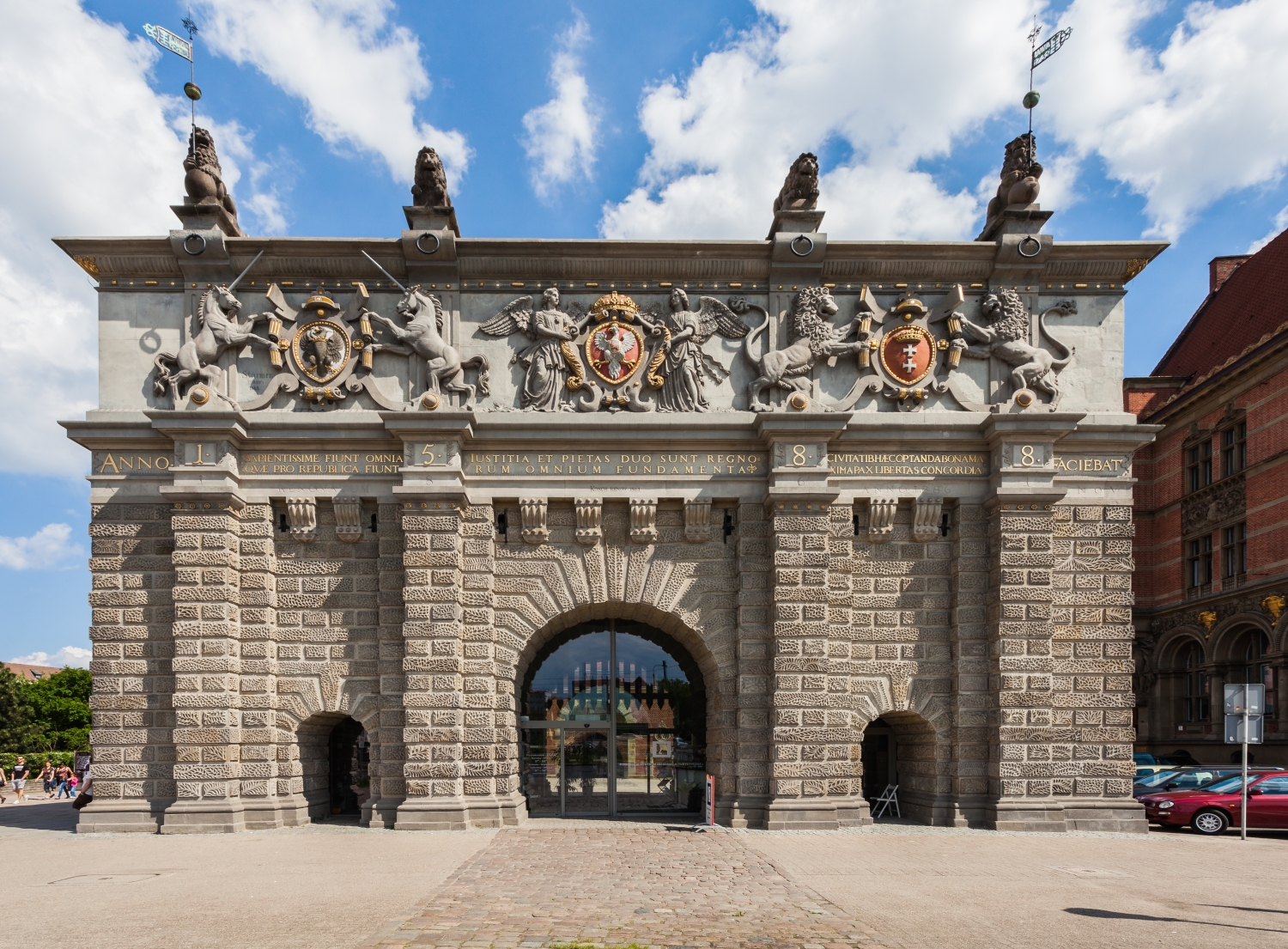
 Geography
Geography
 Party and government
Party and government
 Architecture
Architecture
 History
History


 Christmas Market
Christmas Market
 International cities
International cities